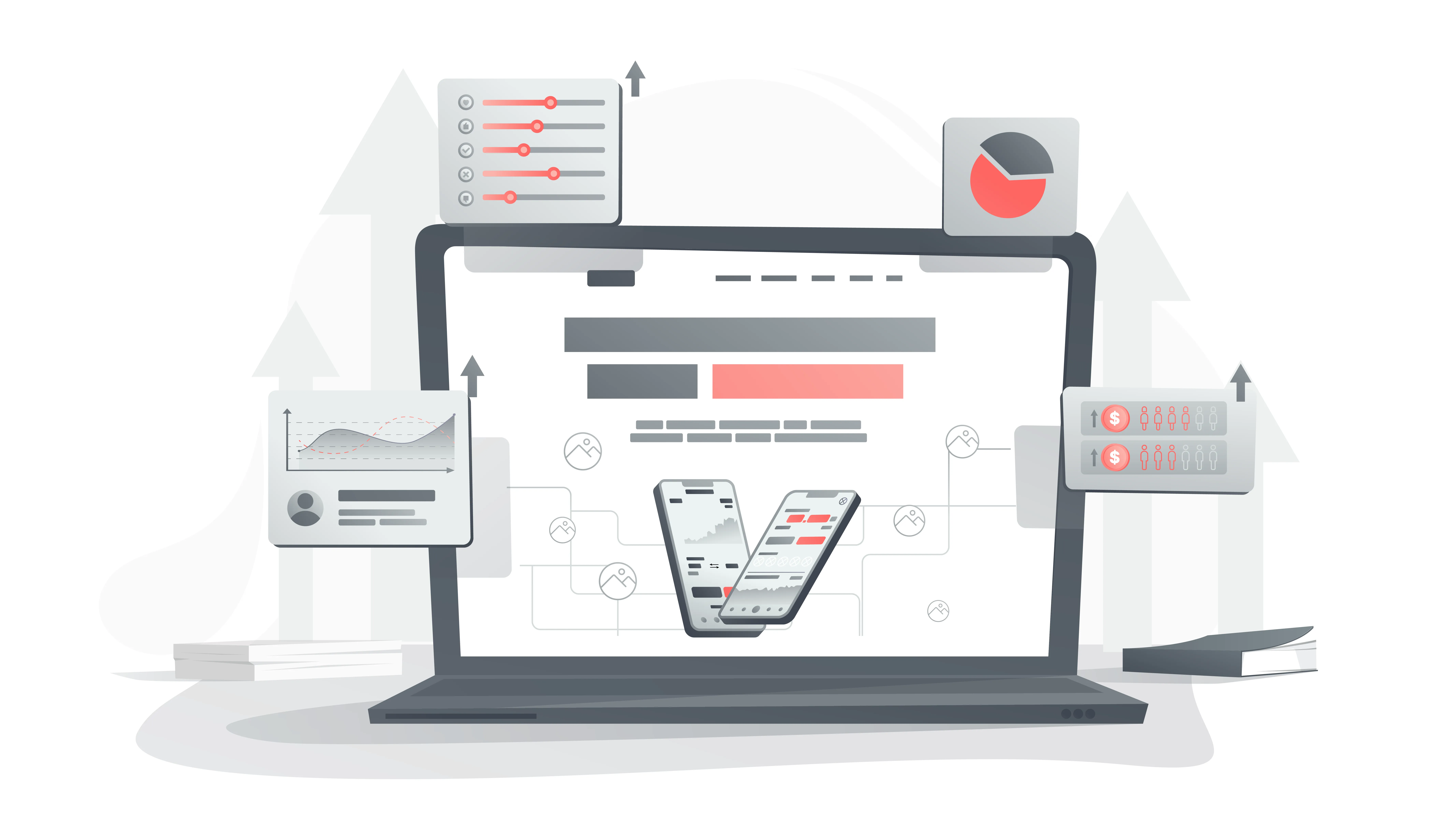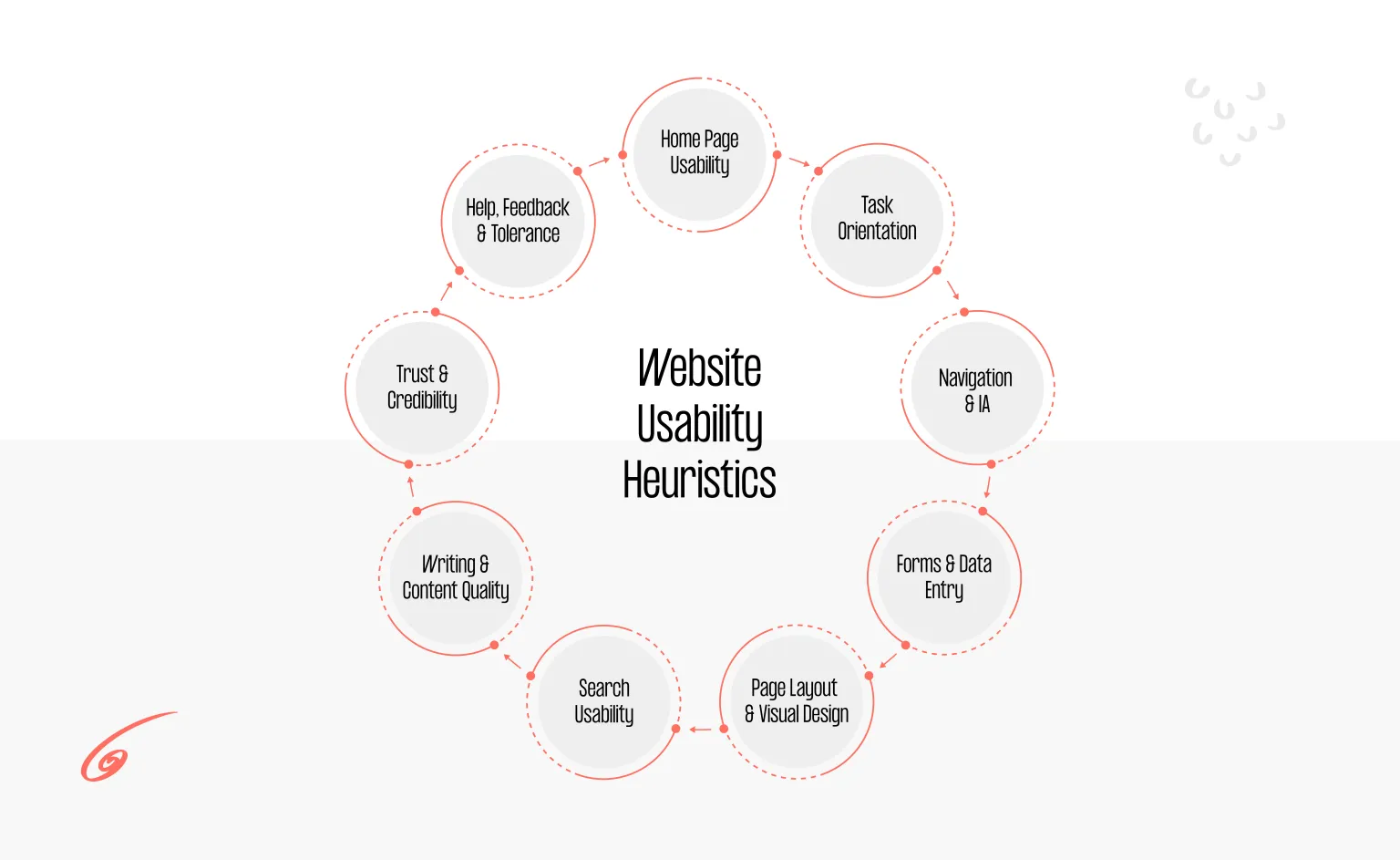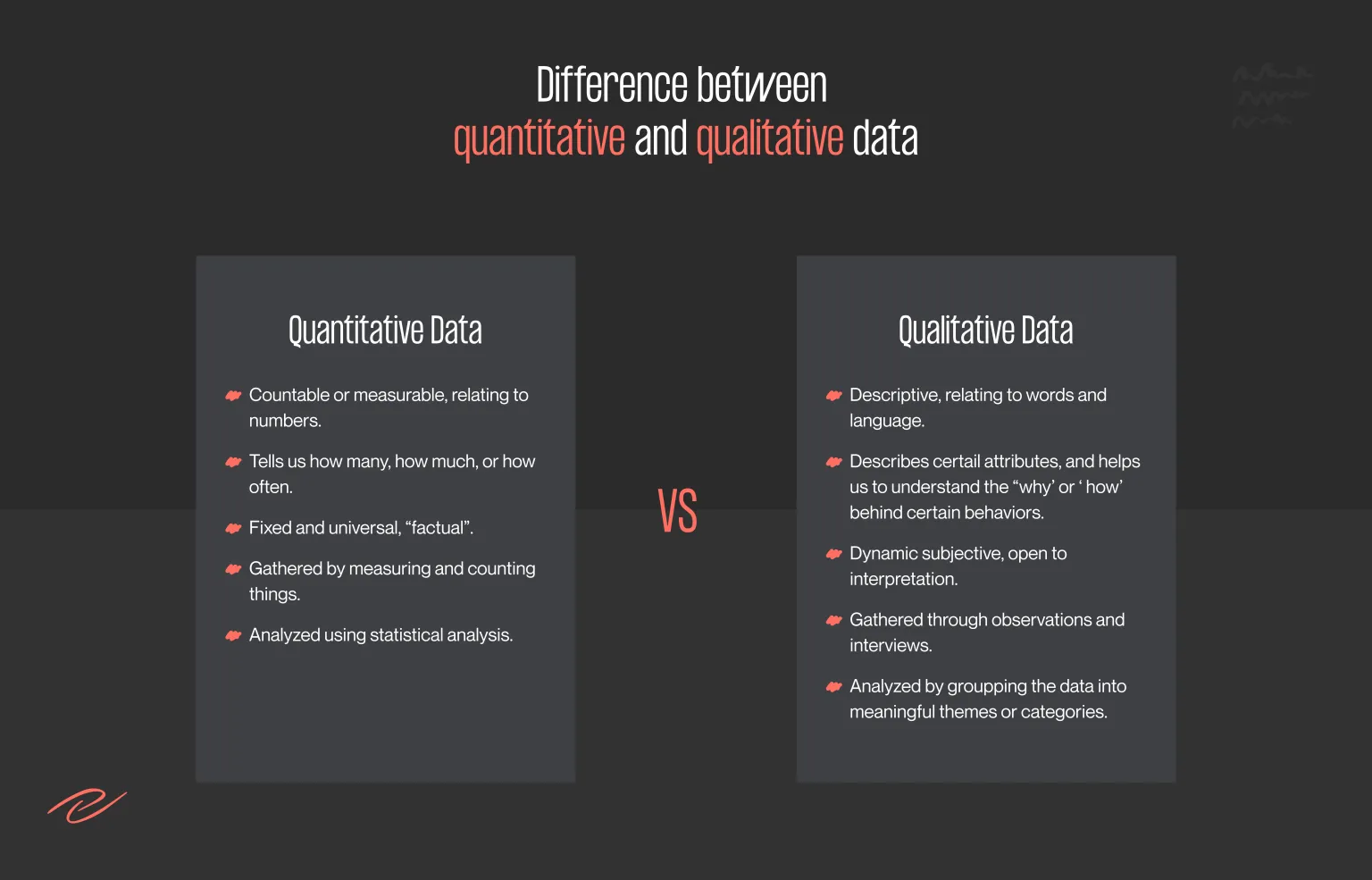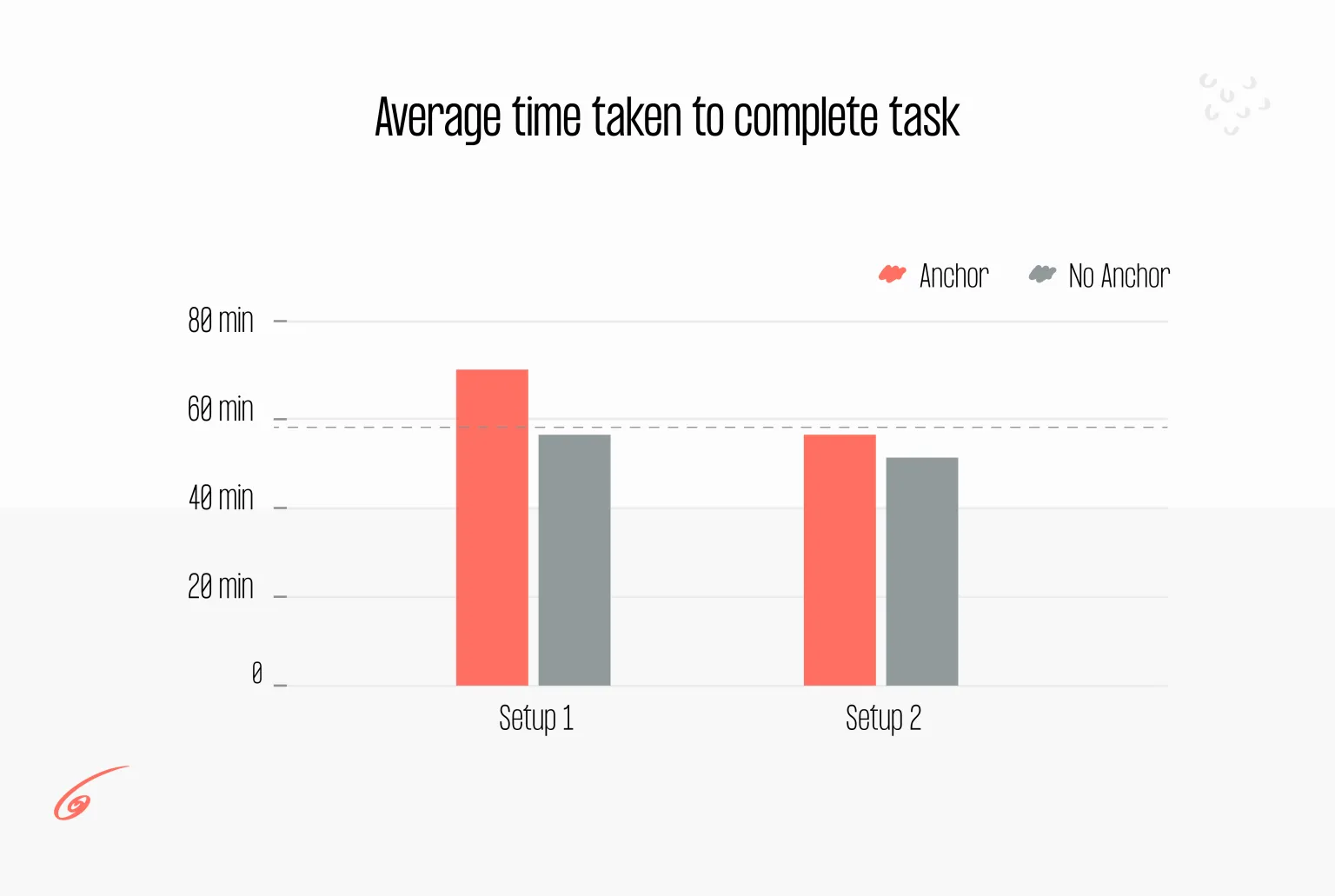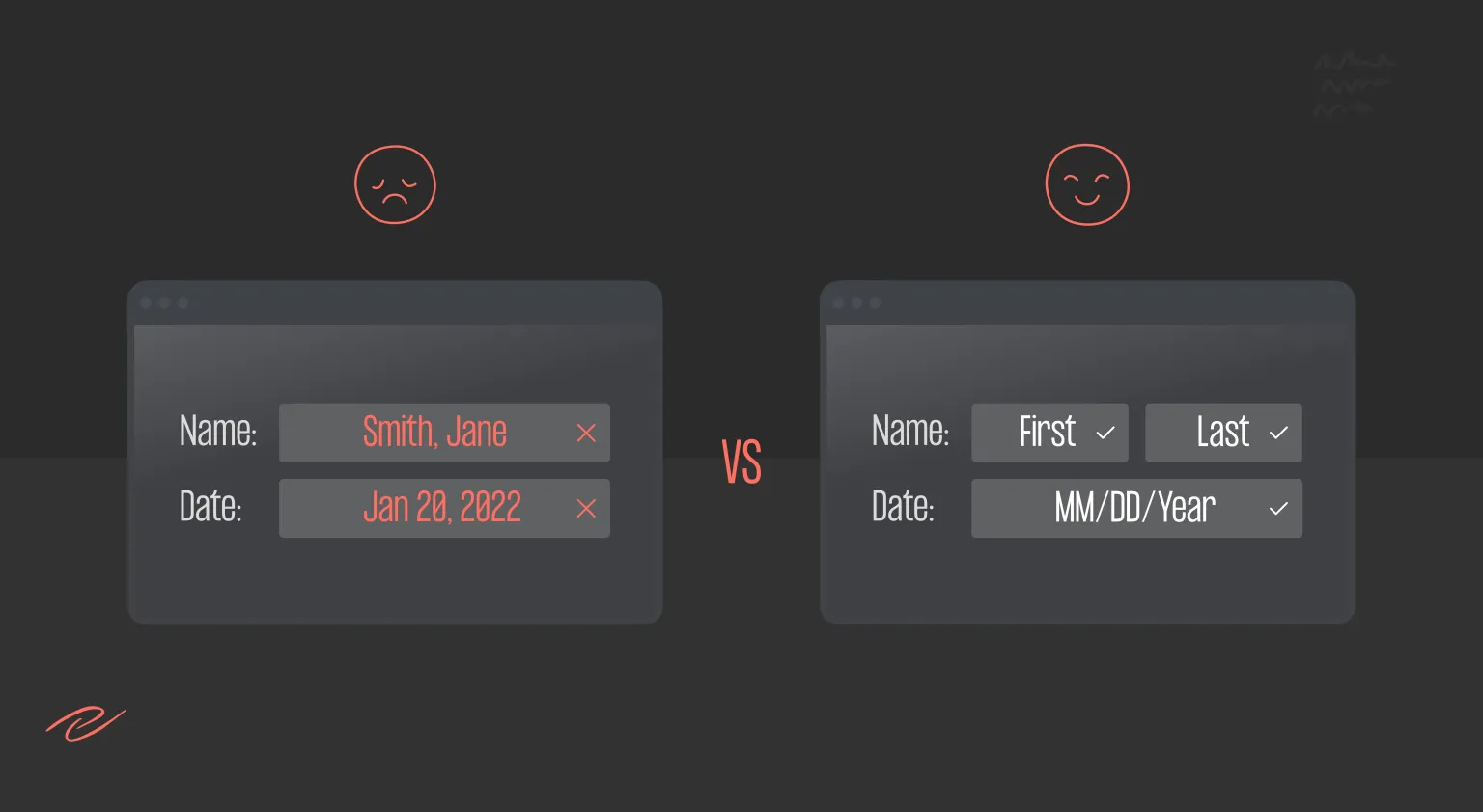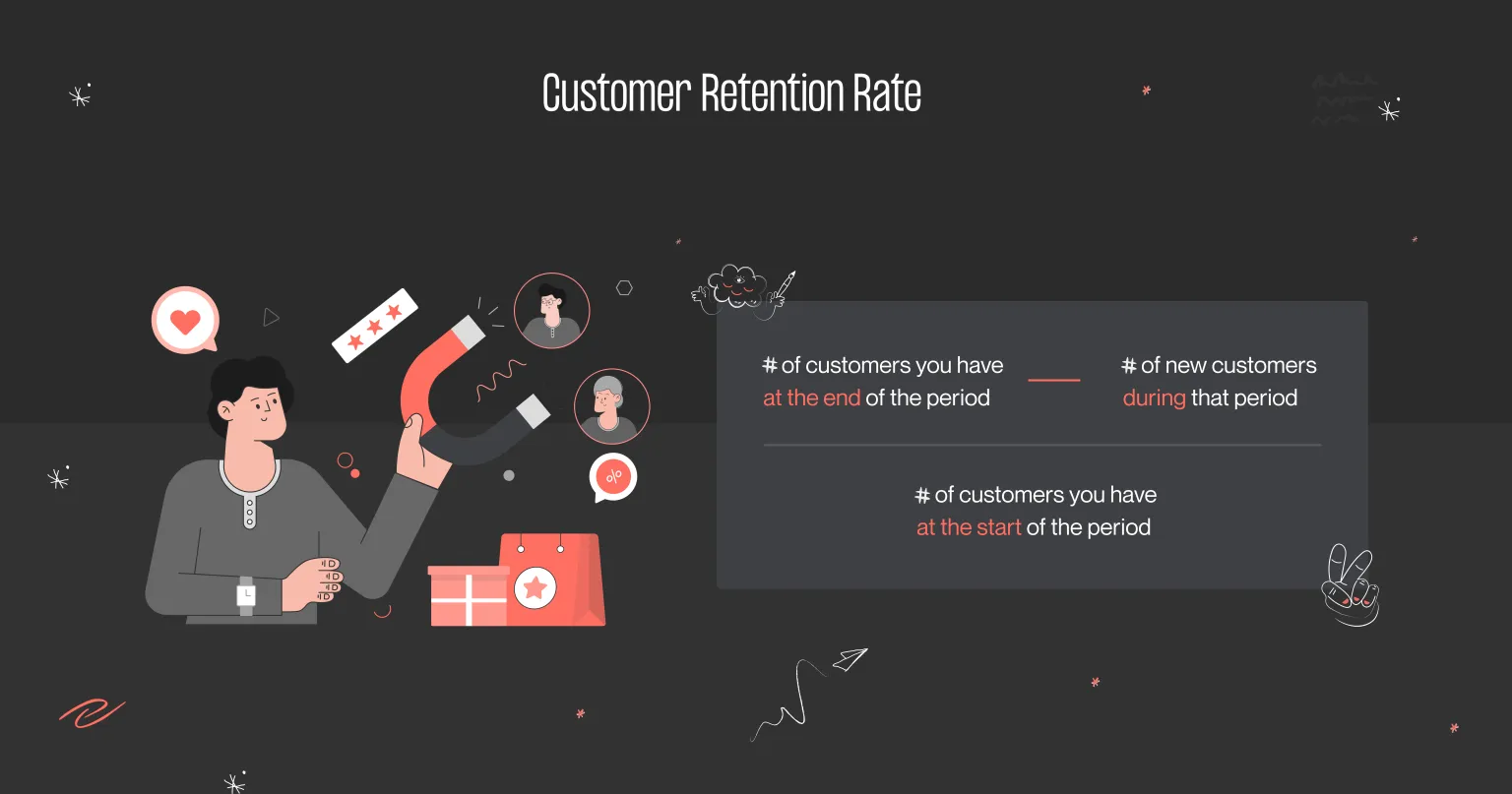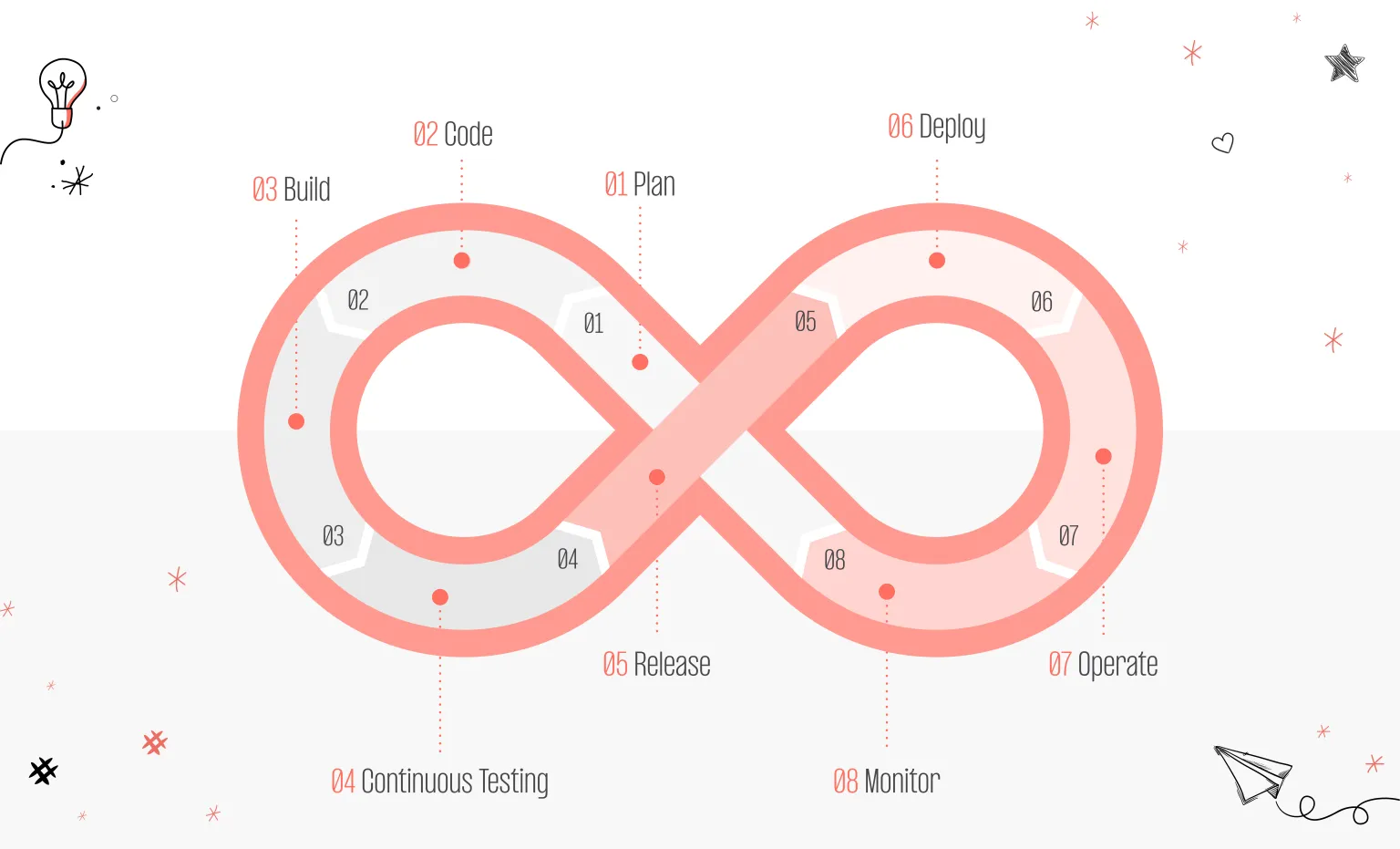The field of user experience is constantly evolving, and in order to keep up with the ever-changing needs and expectations of users, it is essential to measure the user experience it effectively. Many different metrics can be used to evaluate how well a product or website is performing, from engagement and satisfaction scores to task completion rates and drop-off rates.
Whether you are a designer, developer, or marketer, it is essential to have a deep understanding of how to measure the user experience effectively. This guide will help you understand how to use different tools and techniques to gather the data that you need so that you can make informed decisions about how to improve your product or website and meet the needs and expectations of your users.
So, if you want to make your product or website stand out from the crowd, start by learning how to measure the user experience effectively. With the right tools and techniques, you can gain valuable insights that will help you create a user-centered product that truly resonates with your audience.
